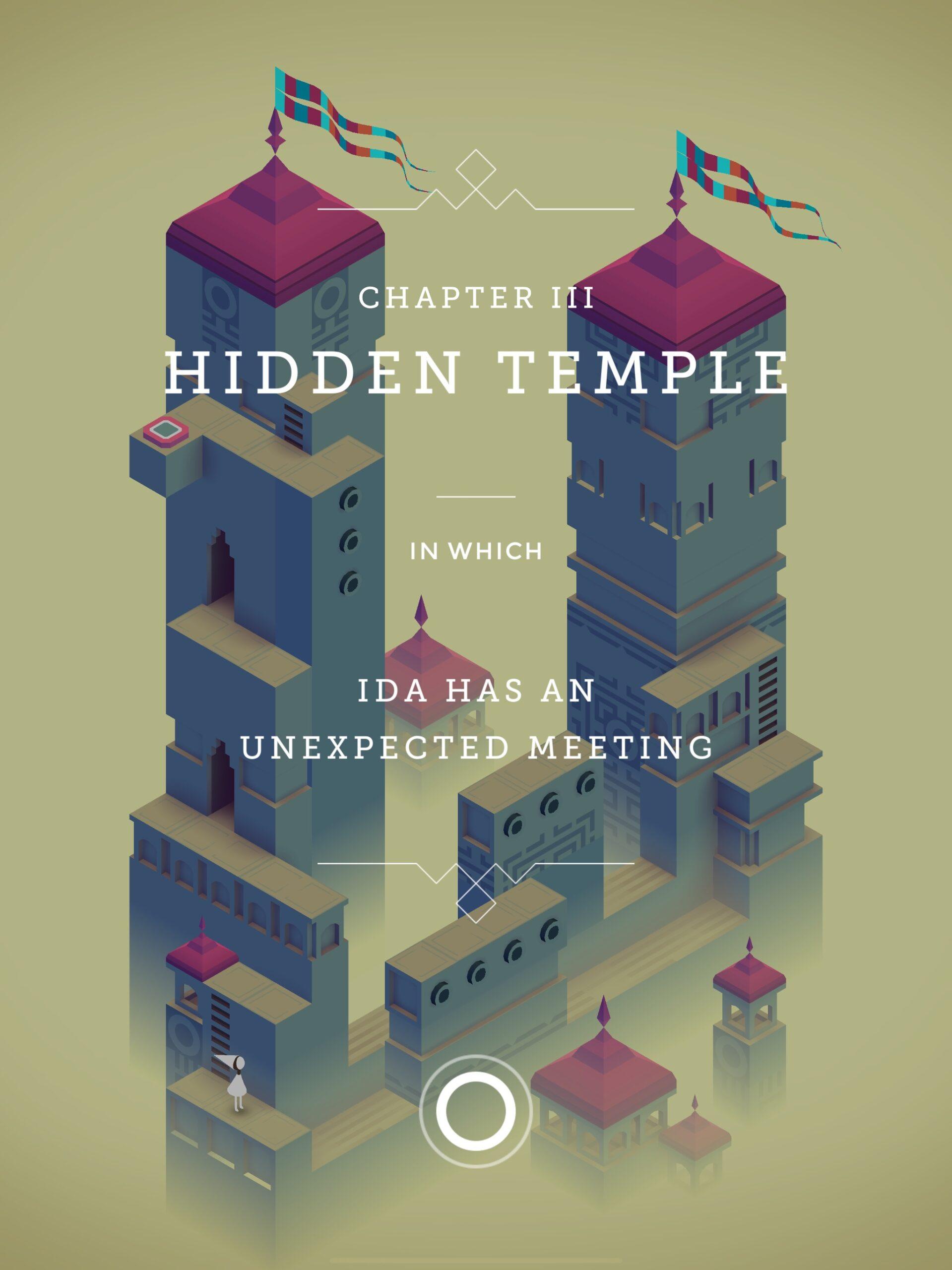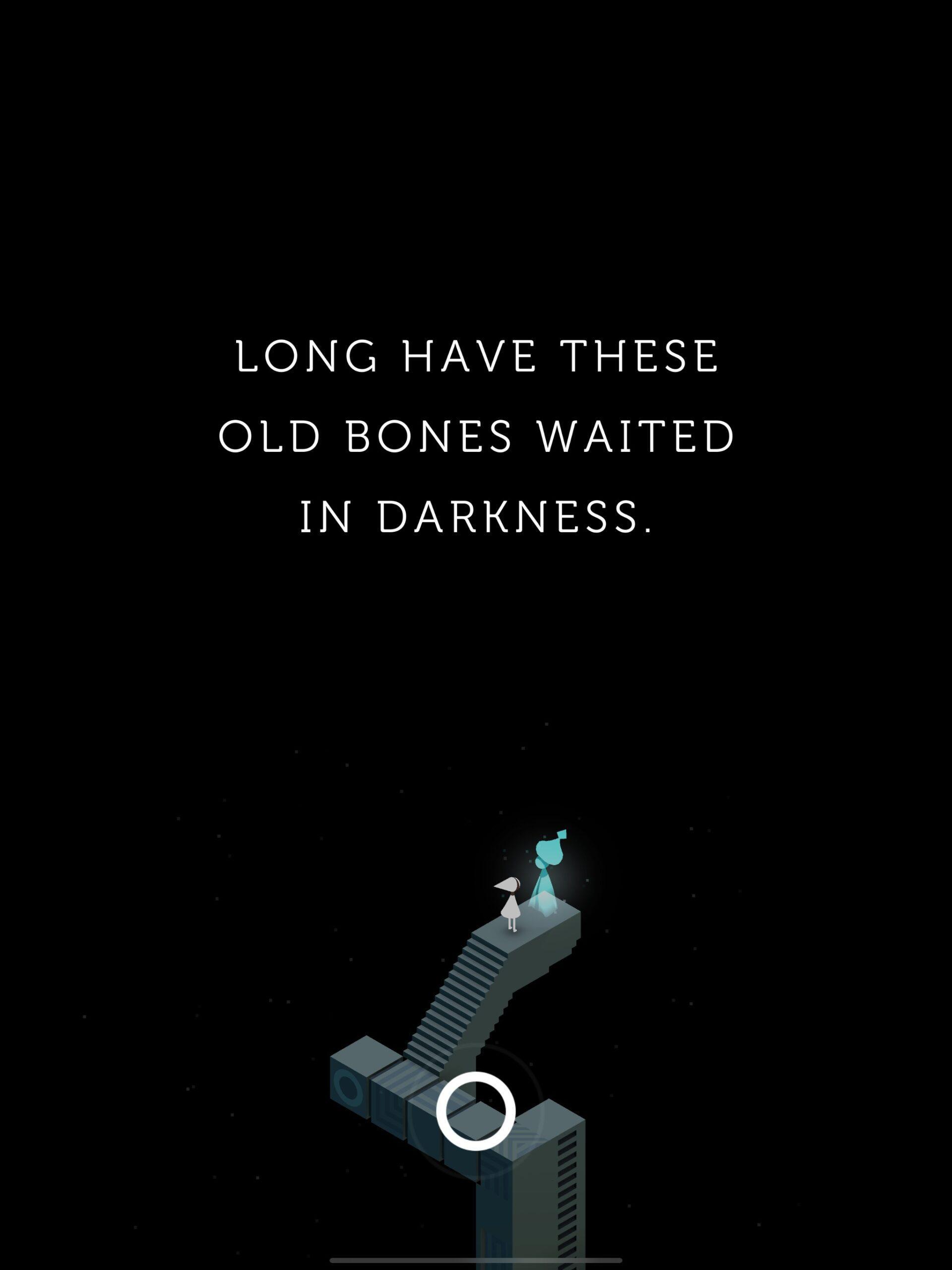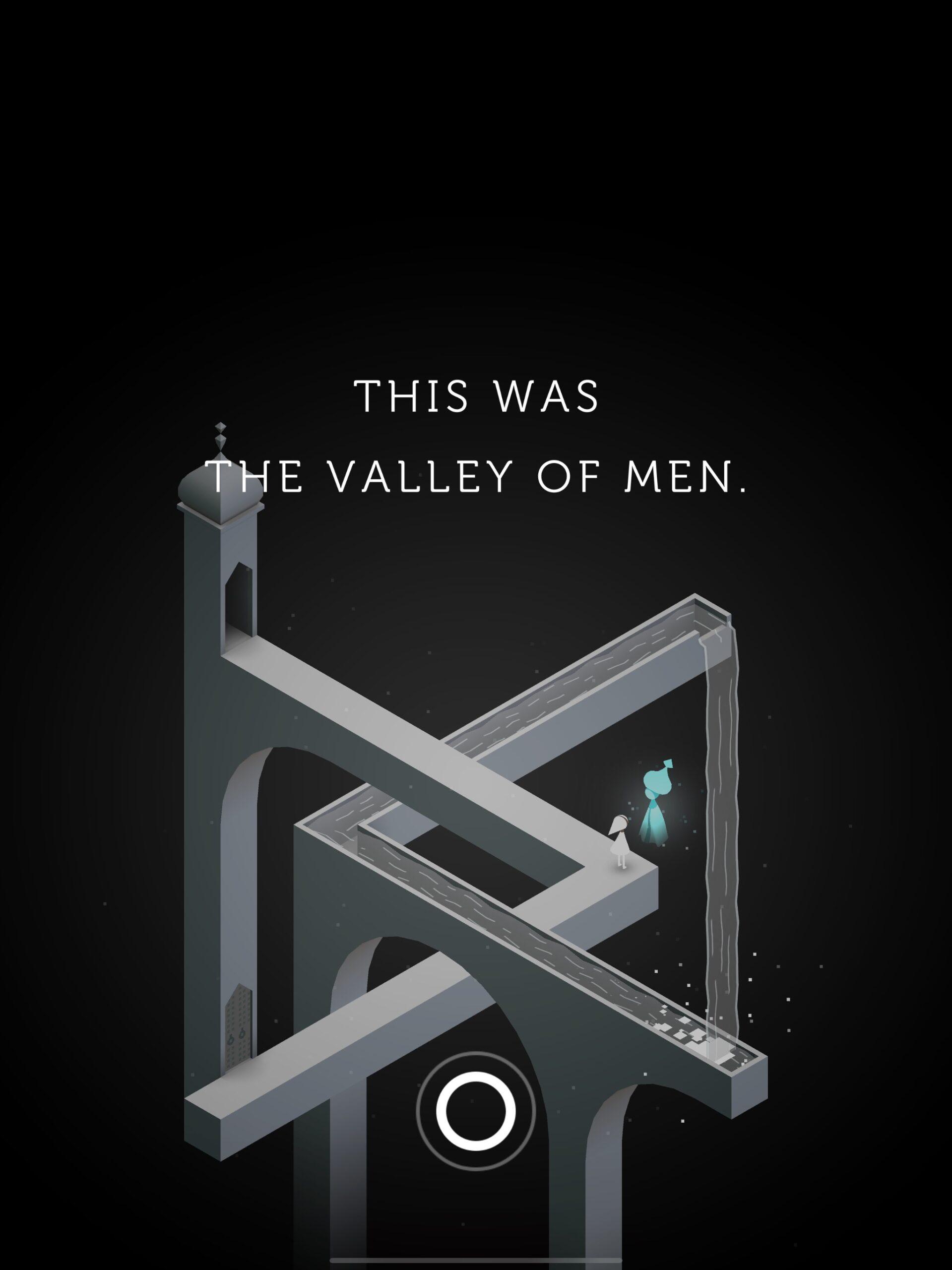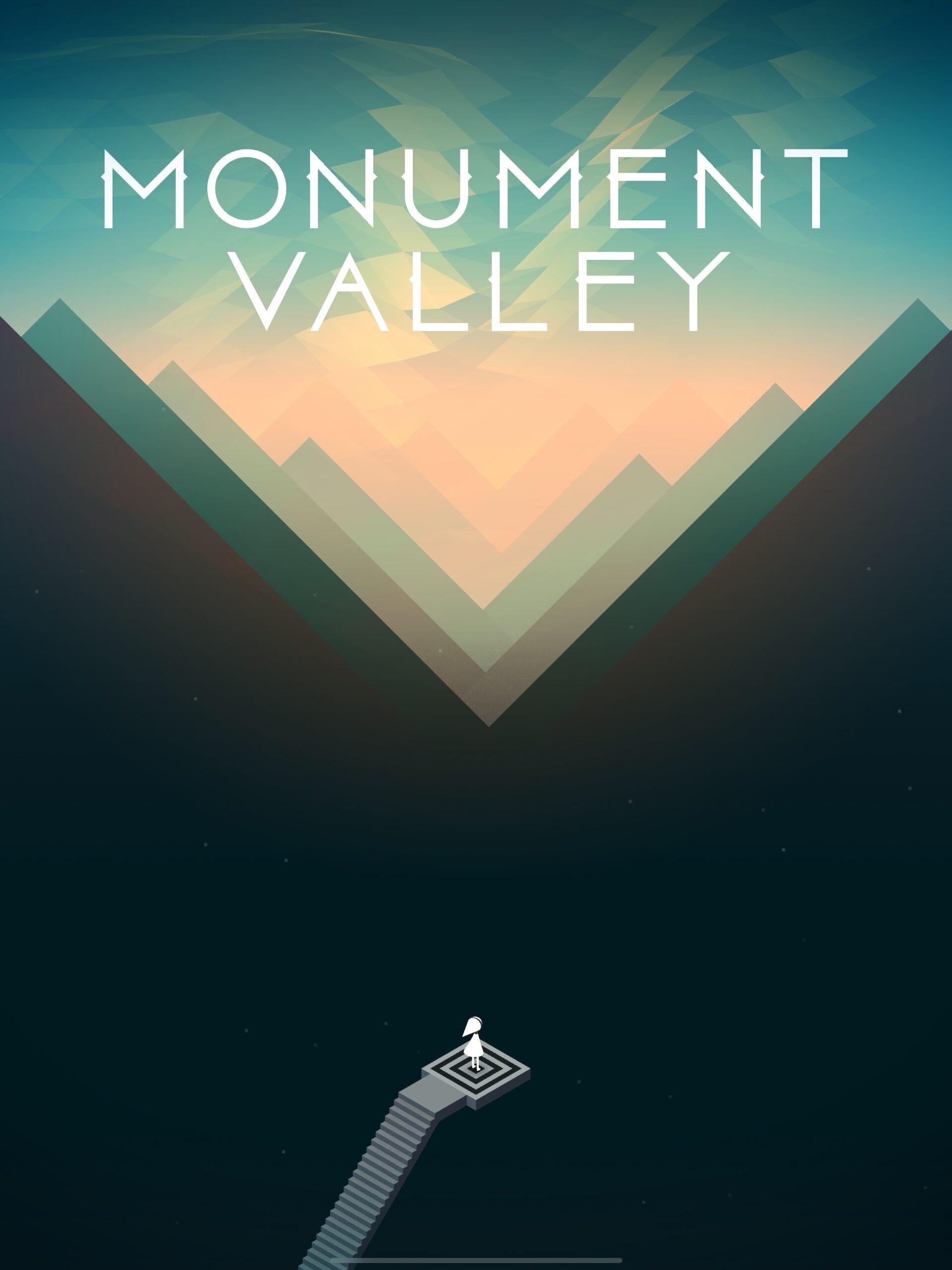For this week’s critical play on puzzles, I decided to play Monument Valley, a indie puzzle game created by Ustwo Games. The puzzles focus on guiding Princess Ida through paths of optical illusions in order to reach otherwise impossible to reach platforms. The target audience is for both gamers and non-gamers alike, with the general age being around teenagers and young adults who might appreciate the art style and could figure out the puzzles. The game’s core mechanics intertwines with its visual tapestry and narrative to create a unique problem-solving expression. As a result, by intertwining the act of manipulating the environment with exploration and narrative, I argue that Monument Valley’s core mechanics elevate the simple puzzles into a captivating journey of discovery for both the player and the main character, Princess Ida.
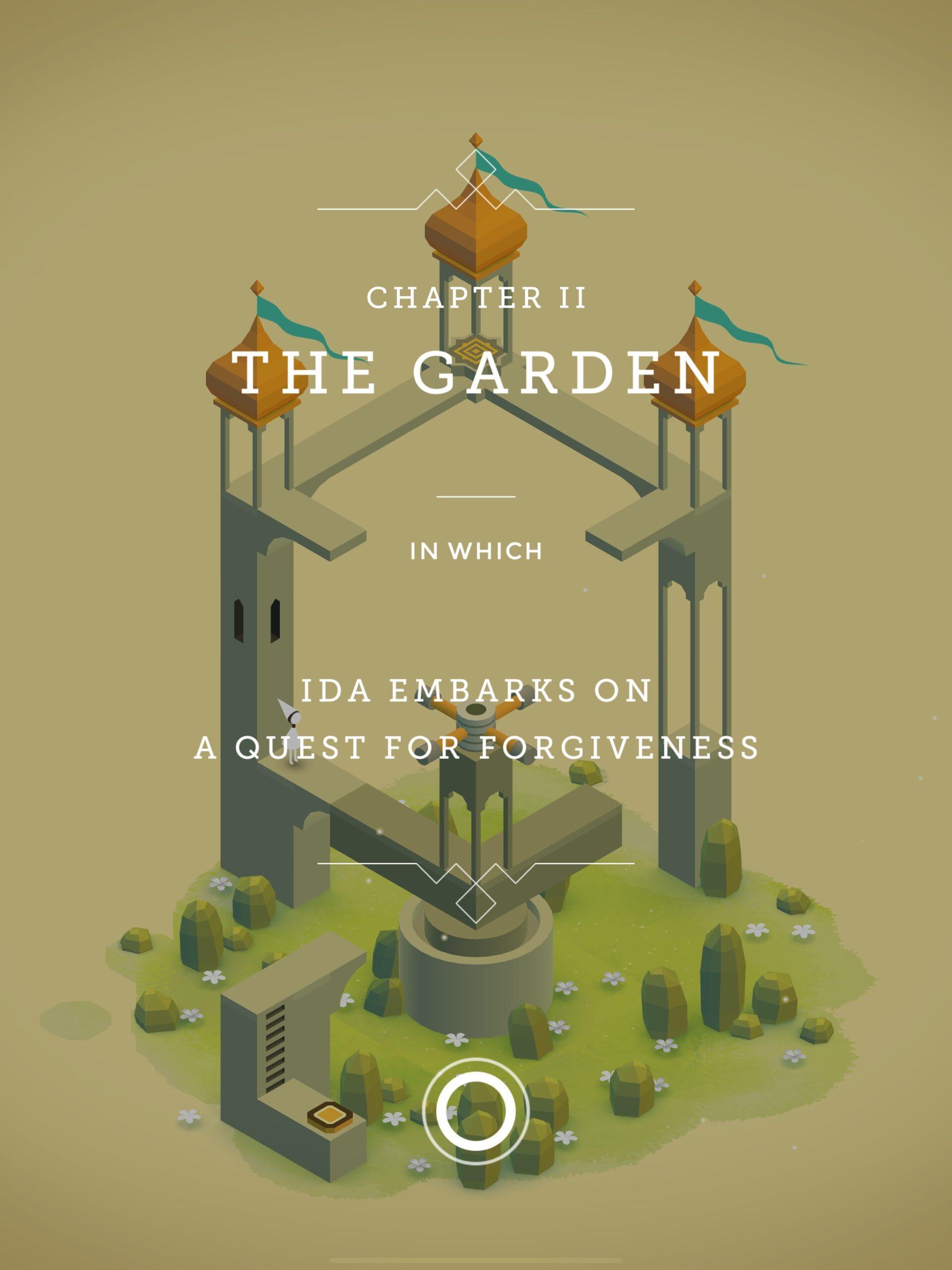
The game’s core mechanic of manipulating the environment creates a sense of awe and satisfaction as it is a unique mechanic in general. By allowing players to break their own mental schemas on architecture, Monument Valley creates a world of impossible geometries that the player must then navigate as a puzzle. Players are challenged to think outside the box, literally rotating and sliding structures to create new paths and navigate paths of optical illusions. This act of environmental manipulation is a key aspect of the gameplay loop where each successful translation is an opportunity for the player to shape the game world to in order to complete the puzzles. As such, this mechanic keeps players engaged in the game and looking forward to see what new architectural mechanics they get to see in upcoming levels.
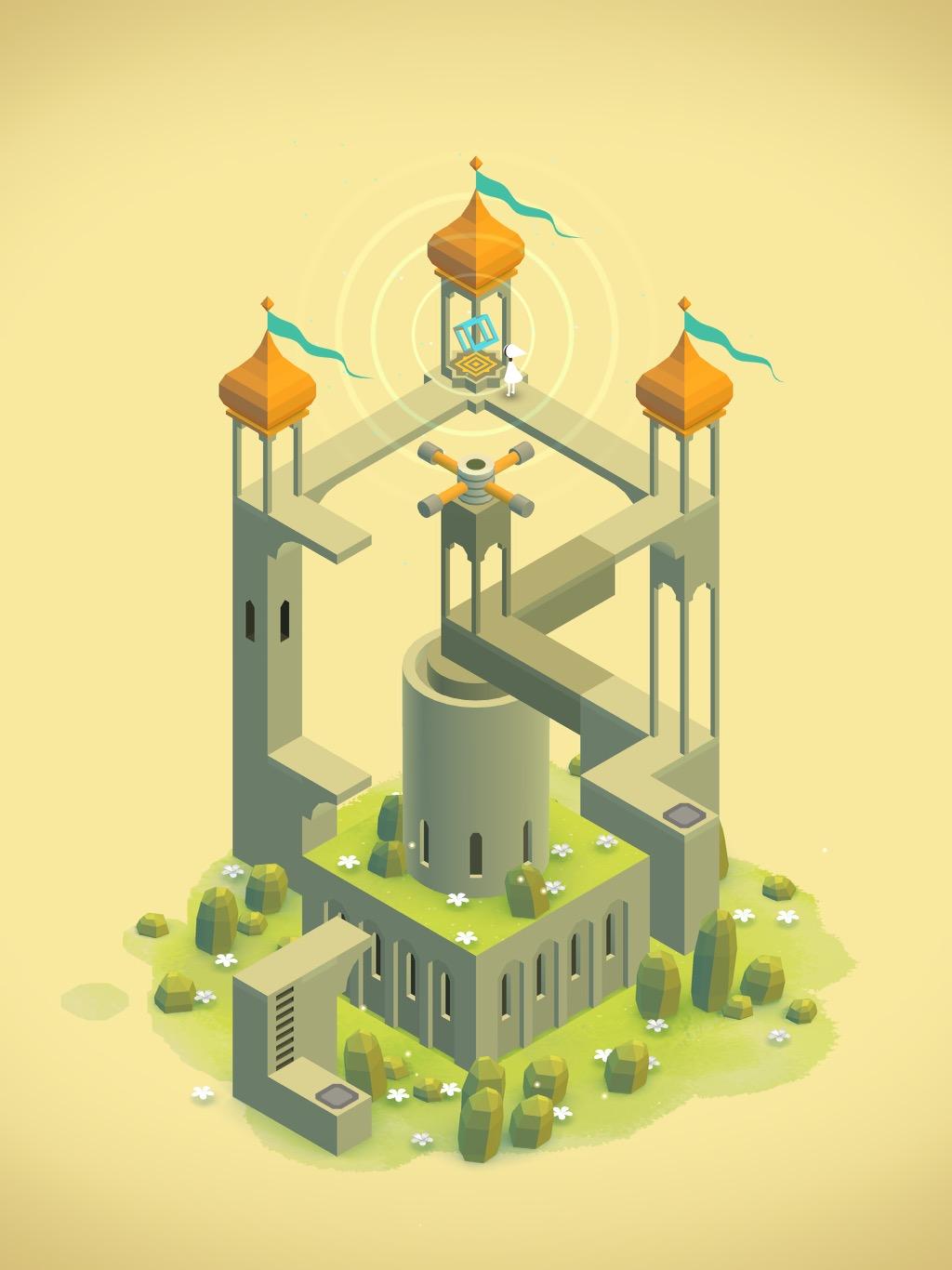
[Completing a puzzle after rotating path]
The act of manipulating the environment is also deeply intertwined with the narrative. Although the story surrounding Monument Valley is minimal, the mechanics makes it obvious that narrative revolves around Princess Ida’s journey of self-discovery and overcoming obstacles in order to learn about the world around her. As players manipulate the structures, they are also shaping Ida’s path, guiding her through her own internal journey such that she can understand more about her kingdom, adding a deeper layer of purpose to the gameplay. This embedded narrative woven into the core mechanics of the game creates a powerful connection between the player’s actions and the emotional core of the game.
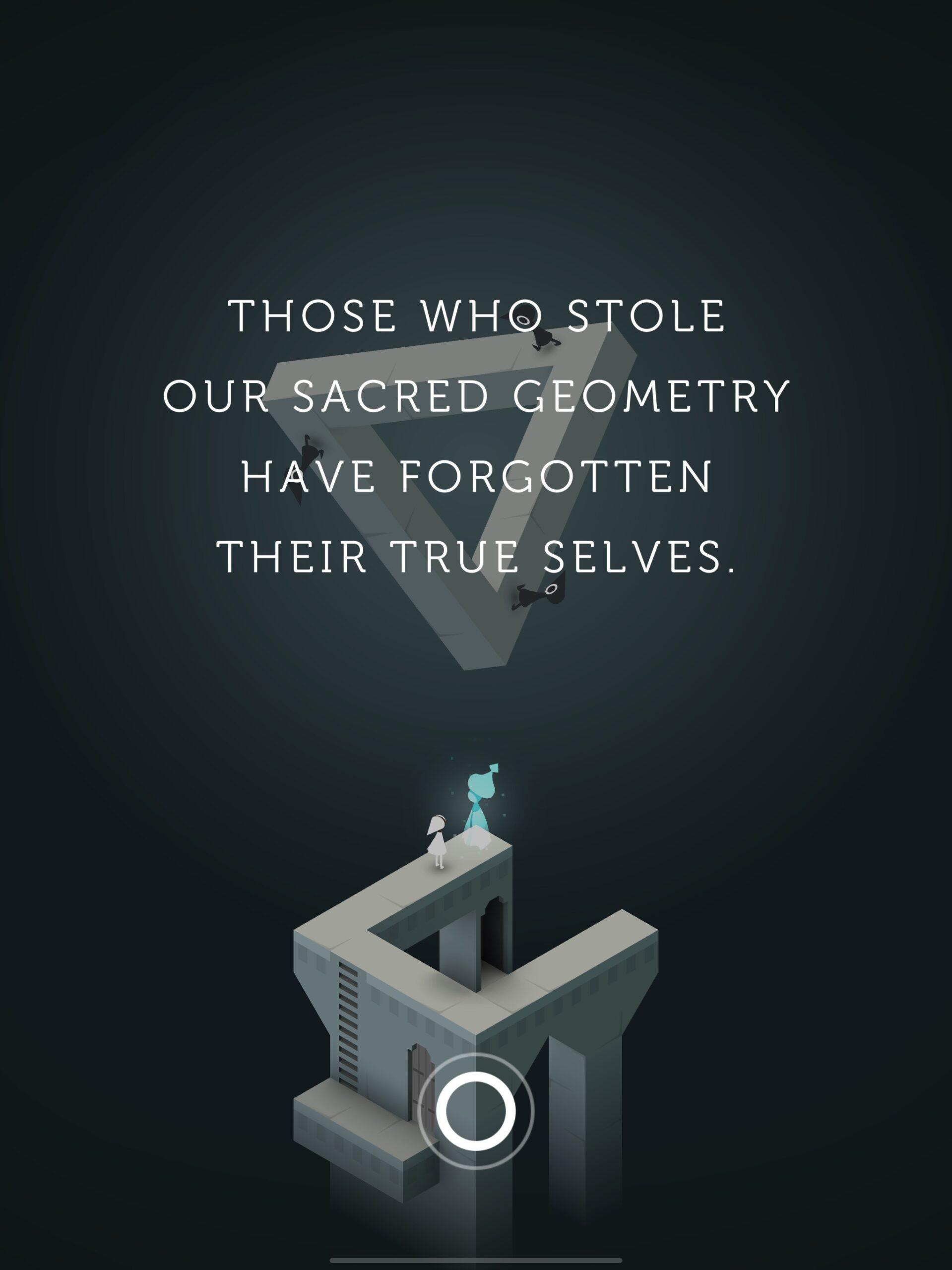
[Embedded narrative]
Personally, I enjoy the game due to simple mechanics allowing the player to enjoy the aesthetics of each level. Monument Valley relies on just a few core actions, such as tapping on a path to guide Ida and sliding / rotating structures, which makes it accessible to a wider audience. As such, the simplicity of these mechanics allows the player to focus on the intricate level design and the mind-bending puzzles themselves while also mirroring the serene beauty of the game’s world. As a result, players are able to fully immerse themselves in the visual scenery and intellectual challenge of the puzzles without feeling bogged down by complex and hard-to-use mechanics.
